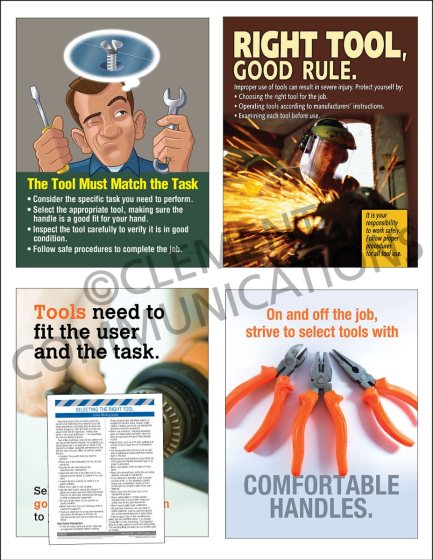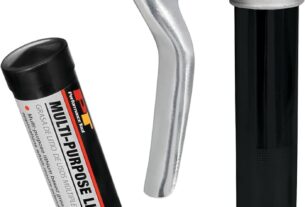Are you tired of struggling with hand tools that just don’t work? Do you wish there was a way to make your projects easier and more efficient? Look no further than a setting tool!
A setting tool is a versatile device used for a variety of applications, from woodworking to metalworking. It can help you achieve precision and accuracy in your projects, making your work faster and more efficient.
In this article, we will discuss everything you need to know about setting tools, including their types, uses, and benefits. By the end of this guide, you’ll be an expert on choosing the perfect setting tool for your needs.
Types of Setting Tools
There are several types of setting tools available in the market today. Each type has its own unique features and benefits. Let’s take a closer look at some of the most common types:
1. Hammer-driven setting tools: These tools use a hammer to drive the nail or fastener into place. They are simple to operate and can be used for a wide range of applications.
2. Pneumatic setting tools: These tools use compressed air to drive nails or fasteners into place. They are highly efficient and can handle heavy-duty tasks.
3. Powder-actuated setting tools: These tools use gunpowder to drive nails or fasteners into place. They are ideal for use in concrete or steel applications.
4. Hand-held setting tools: These tools are compact and easy to handle, making them ideal for small-scale jobs.
Uses of Setting Tools
Setting tools have numerous applications across various industries. Some of the most common uses include:
1. Woodworking: Setting tools can be used to attach wood pieces together, creating furniture, cabinets, and other woodworking projects.
2. Metalworking: Setting tools can be used to join metal pieces together, creating structures such as bridges, buildings, and vehicles.
3. Construction: Setting tools can be used to fasten materials such as drywall, roofing, and siding.
4. Electrical work: Setting tools can be used to secure electrical boxes and conduit in place.
Benefits of Using Setting Tools
Using a setting tool offers several advantages over traditional hand tools. Some of the most significant benefits include:
1. Precision: Setting tools allow you to achieve precise and accurate results, ensuring your projects are completed with the highest level of quality.
2. Efficiency: With a setting tool, you can complete tasks faster and more efficiently than using traditional hand tools.
3. Versatility: Setting tools can be used for a variety of applications, making them a versatile addition to any toolbox.
4. Ease of use: Setting tools are simple to operate and require minimal training or experience.
Choosing the Right Setting Tool
When choosing a setting tool, there are several factors you should consider. These include:
1. Type of application: Consider the type of application you will be using the setting tool for. Different types of setting tools are designed for different applications, so choose one that is suitable for your needs.
2. Material: Consider the material you will be working with. Some setting tools are designed specifically for certain materials, such as wood or metal.
3. Size and weight: Consider the size and weight of the setting tool you are planning to purchase. Choose one that is comfortable to handle and won’t cause fatigue during extended use.
4. Brand reputation: Look for reputable brands that offer high-quality setting tools with good customer reviews.
Conclusion
Setting tools are an essential part of any toolkit, offering precision, efficiency, versatility, and ease of use in a wide range of applications. By choosing the right setting tool for your needs, you can ensure that your projects are completed with the highest level of quality and efficiency possible.
Sources:
https://en.wikipedia.org/wiki/Setting_tool
https://www.bosch-professional.com/gb/en/products/nailers-and-staplers-259977.jsp
https://www.milwaukeetool.com/Products/Power-Tools/Fastening/Nailers-Staplers




